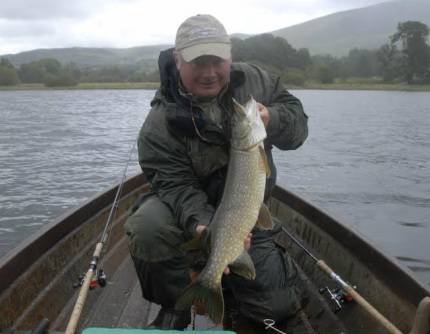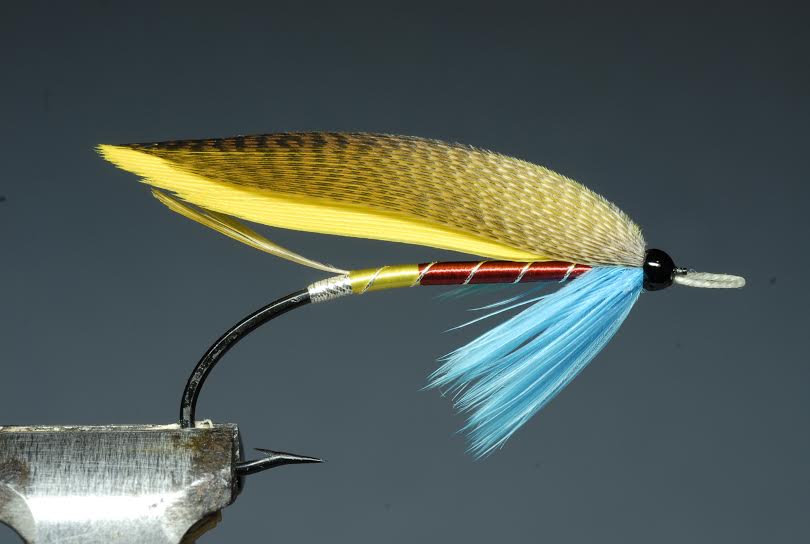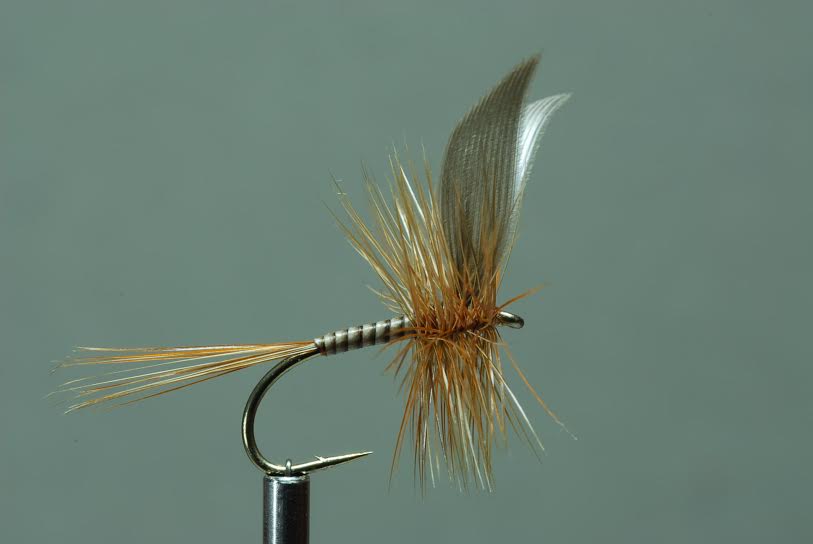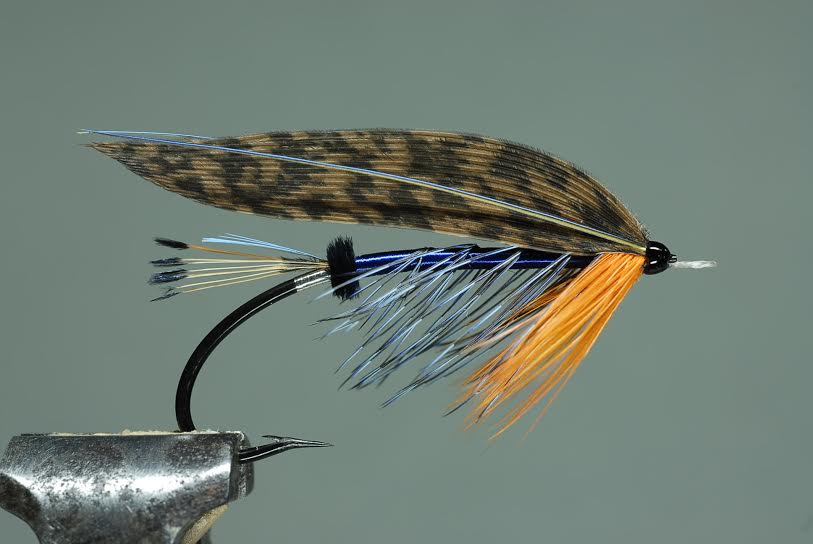
Graduating in Mathematics from Sheffield University in 1980 having spent most of my spare time playing Rugby League for university and country, I could not have imagined what the next twenty years had in store. Fly dressing, what was that?
I began my fly dressing obsession in 1981, tying tube flies for use in trolling for pike on Bassenthwaite Lake in the north Cumbria. In 1984 entered my first fly dressing competition sponsored by Benson and Hedges and was placed in the top 50. In the early 1980’s Oliver Edwards won the Fly tyer of the year competition two years running and submitted an article to Trout and salmon titled “The Quest for Perfection”. It was this article that sent me on journey for that elusive Holy Grail, perfection.
After entering and winning a number of fly dressing competitions in the UK (Partridge Master class, Fly Fishing and Fly Tying two years running) it became apparent that so called innovation rather than fly dressing skill was the pre requisite to winning a competition. We were under the control of the fly dressing material manufacturers, as long as the latest materials were incorporated, it did not matter what the fly looked like. That is to say, flies were winning competitions that were not even worthy of inclusion in a fly box, just the bottom of the bin. Disenchanted and disillusioned at the way fly dressing was being depicted in such competitions I bowed out.
A new challenge beckoned in 1997 when I met Marvin Nolte for the first time and was fortunate to browse through the Grainger Collection. For me this was to be the beginning of a wonderful journey through the world of Classic Atlantic Salmon fly dressing. I was to learn a hard lesson that the married wing flies were not the only classic flies worth dressing and that many other flies such as the speys and the grubs were equally challenging and fun to dress. Marvin Nolte has been the biggest influence on my fly dressing, but most of all he has become a good friend.
Of all flies, classic salmon flies have taught me more about proportion and attention to detail than any other class of flies. It has given me a lesson that quality of materials must be obtained to produce flies of high quality. The most important thing to me is how the flies is dressed the final product comes a close second.
I began my fly dressing obsession in 1981, tying tube flies for use in trolling for pike on Bassenthwaite Lake in the north Cumbria. In 1984 entered my first fly dressing competition sponsored by Benson and Hedges and was placed in the top 50. In the early 1980’s Oliver Edwards won the Fly tyer of the year competition two years running and submitted an article to Trout and salmon titled “The Quest for Perfection”. It was this article that sent me on journey for that elusive Holy Grail, perfection.
After entering and winning a number of fly dressing competitions in the UK (Partridge Master class, Fly Fishing and Fly Tying two years running) it became apparent that so called innovation rather than fly dressing skill was the pre requisite to winning a competition. We were under the control of the fly dressing material manufacturers, as long as the latest materials were incorporated, it did not matter what the fly looked like. That is to say, flies were winning competitions that were not even worthy of inclusion in a fly box, just the bottom of the bin. Disenchanted and disillusioned at the way fly dressing was being depicted in such competitions I bowed out.
A new challenge beckoned in 1997 when I met Marvin Nolte for the first time and was fortunate to browse through the Grainger Collection. For me this was to be the beginning of a wonderful journey through the world of Classic Atlantic Salmon fly dressing. I was to learn a hard lesson that the married wing flies were not the only classic flies worth dressing and that many other flies such as the speys and the grubs were equally challenging and fun to dress. Marvin Nolte has been the biggest influence on my fly dressing, but most of all he has become a good friend.
Of all flies, classic salmon flies have taught me more about proportion and attention to detail than any other class of flies. It has given me a lesson that quality of materials must be obtained to produce flies of high quality. The most important thing to me is how the flies is dressed the final product comes a close second.



